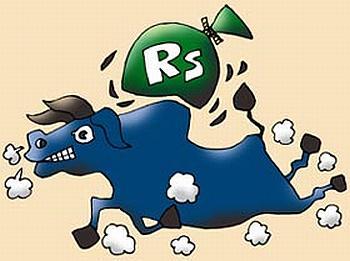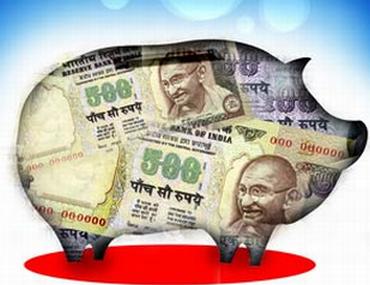 | « Back to article | Print this article |
What EXACTLY happens with the money you invest in mutual funds
The journey that your money undergoes from the time of investment in an MF scheme till redemption.
You may have just written a cheque and handed it over to your distributor towards investment in a mutual fund scheme. This may be your first investment in an MF scheme or you may be a seasoned investor. In either case, you would have hopes of garnering healthy returns sometime in the future, given your investment horizon.
But what route does your investment take in its way of making money for you?
We explore how your investment is processed behind the scenes.
What EXACTLY happens with the money you invest in mutual funds
After you have shortlisted the desired scheme(s) for investment, you have the option of investing directly with the Asset Management Company (AMC) or enlist the services of a distributor.
Once you make the investment, your details are forwarded to the Registrars and Transfer Agents (RTAs). These entities maintain investor records by converting the information from physical to electronic form.
It is the RTA which determines the applicable Net Asset Value (NAV) to your investment request and also determines the number of units that will be allotted to you.
What EXACTLY happens with the money you invest in mutual funds
Once the AMC receives the invested amount and unit allotment details from the RTA, it makes the investment as per its defined strategy.
To make this happen, a team of fund managers, research analysts, dealers and risk managers collaborate, putting their respective expertise in practice.
The result of their efforts can be seen in the scheme's NAV which is the total value of all securities in a scheme's portfolio divided by the number of units.
What EXACTLY happens with the money you invest in mutual funds
Next comes the custodian, who is responsible for keeping safe physical securities and cash while the de-materialised securities are kept with a Depositary Participant.
The Custodian keeps records of various corporate actions declared by companies whose securities a mutual fund has invested in. It also plays a role in ensuring delivery of securities in which an MF has made an investment and paying out the money for the same.
What EXACTLY happens with the money you invest in mutual funds
Now with so many entities working in tandem to operate a scheme, it is fair to assume that all of them would be charging a fee for their services.
This fee is termed as expense ratio and is expressed as a percentage of a scheme's average net assets.
A lower expense ratio is favourable since it indicates that more of the investors' money is being invested in securities. SEBI has capped the maximum amount that can be charged to a scheme.
For instance, in equity funds, on the first Rs 100 crore of the daily net assets, the expense ratio is capped at 2.5 per cent, on the next Rs 300 crore of the daily net assets, at 2.25 per cent and so on.
It is important to note that the NAV is arrived at after deducting these expenses.
What EXACTLY happens with the money you invest in mutual funds
If you intend to sell your units, you will need to place a sell order post which the applicable NAV will be determined by the RTA, and given your period of investment, an exit load may be charged.
This load, which is charged as a percentage of the NAV, diminishes the redemption amount.
So, if you are redeeming your investment in a scheme at the NAV of Rs 100 per unit and the mutual fund levies an exit load of 1.5 per cent, the applicable value after paying the load will be Rs 98.50 per unit.
What EXACTLY happens with the money you invest in mutual funds
After the successful execution of a sell order, the proceeds will either be credited directly to your account or a cheque will be drawn for the same.
As per regulations, an AMC is required to despatch the redemption or repurchase proceeds within 10 working days from the date of redemption or repurchase.
And thus, the entire cycle from investment to redemption is completed.







